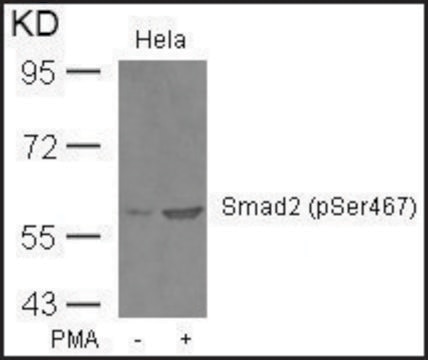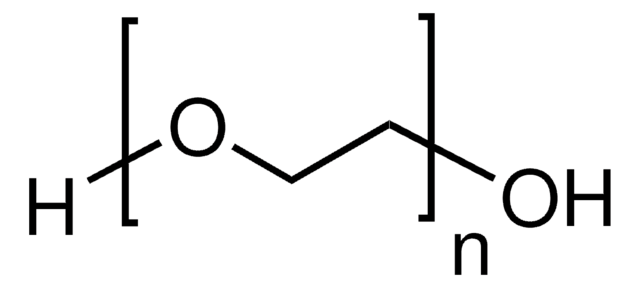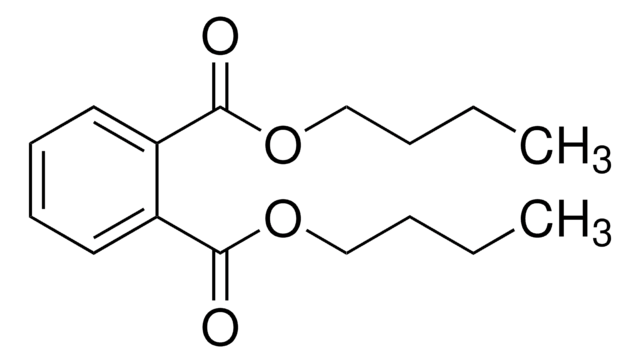AB3849-I
Anti-phospho SMAD2 Antibody (Ser465/467)
from rabbit, purified by affinity chromatography
Synonym(s):
Mothers against decapentaplegic homolog 2, Ser465/467 phosphorylated, hMAD-2, Ser465/467 phosphorylated, hSMAD2, Ser465/467 phosphorylated, JV18-1, Ser465/467 phosphorylated, MAD homolog 2, Ser465/467 phosphorylated, Mad-related protein 2, Ser465/467 pho
About This Item
Recommended Products
biological source
rabbit
Quality Level
antibody form
affinity isolated antibody
antibody product type
primary antibodies
clone
polyclonal
purified by
affinity chromatography
species reactivity
human
species reactivity (predicted by homology)
zebrafish (based on 100% sequence homology), Xenopus (based on 100% sequence homology), mouse (based on 100% sequence homology), bovine (based on 100% sequence homology), chicken (based on 100% sequence homology), rat (based on 100% sequence homology)
technique(s)
western blot: suitable
NCBI accession no.
UniProt accession no.
shipped in
wet ice
target post-translational modification
phosphorylation (pSer465/pSer467 )
Gene Information
human ... SMAD2(4087)
Related Categories
General description
Specificity
Immunogen
Application
Epigenetics & Nuclear Function
Transcription Factors
Quality
Western Blotting Analysis: 2.0 µg/mL of this antibody detected Smad2 Ser465/467 phosphorylation in 10 µg lysate from TGFbeta-stimulated, but not unstimulated, HepG2 cells.
Target description
Linkage
Physical form
Storage and Stability
Other Notes
Disclaimer
Not finding the right product?
Try our Product Selector Tool.
recommended
wgk_germany
WGK 1
flash_point_f
Not applicable
flash_point_c
Not applicable
Certificates of Analysis (COA)
Search for Certificates of Analysis (COA) by entering the products Lot/Batch Number. Lot and Batch Numbers can be found on a product’s label following the words ‘Lot’ or ‘Batch’.
Already Own This Product?
Find documentation for the products that you have recently purchased in the Document Library.
Our team of scientists has experience in all areas of research including Life Science, Material Science, Chemical Synthesis, Chromatography, Analytical and many others.
Contact Technical Service



